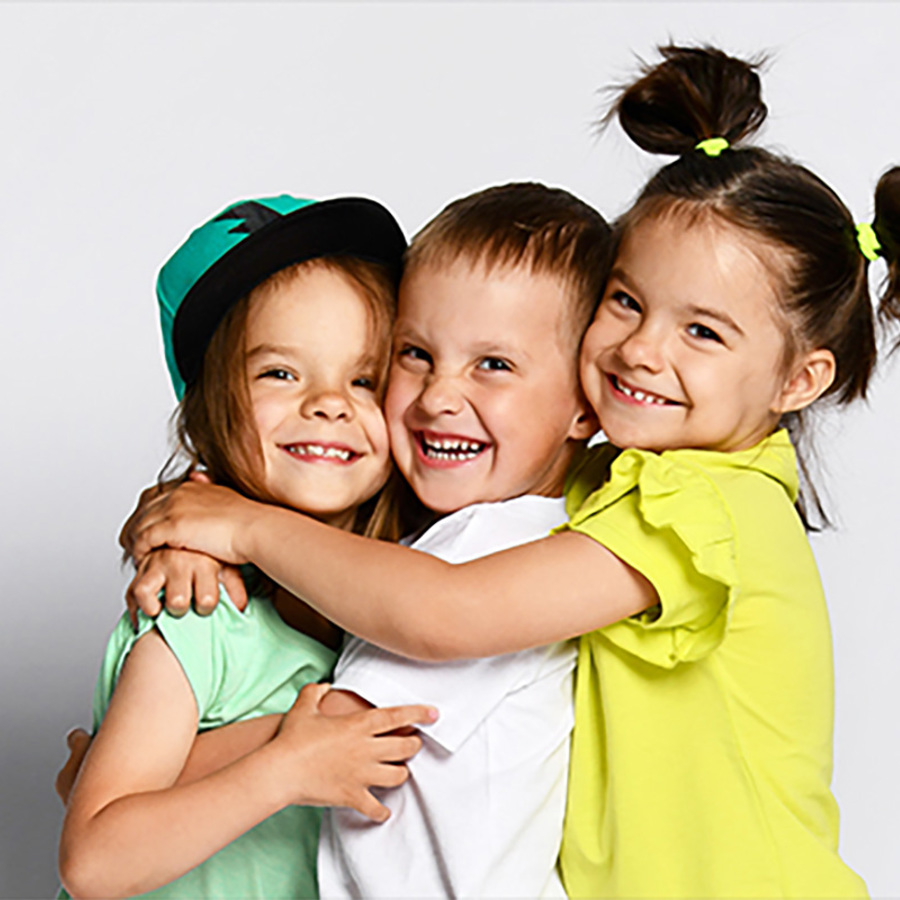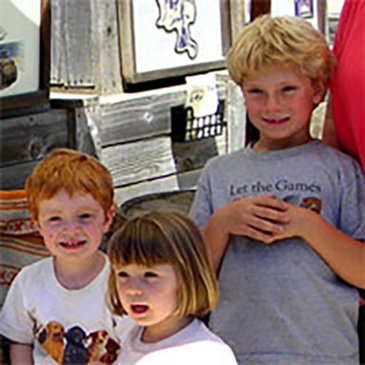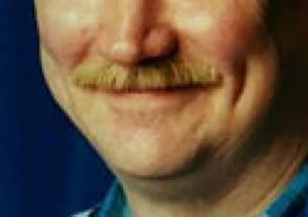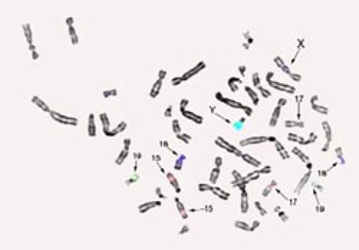
Why do my brother and I look so different?
September 4, 2008

- Related Topics:
- Appearance,
- Complex traits,
- Environmental influence,
- Classical genetics,
- Dominant and recessive
An elementary school student from California asks:
This is a great question! There are two main reasons you two do not look alike. The first is that the two of you didn't grow up the same way. And the second is that even though you have the same parents, you don't have the same genes.
Different Environment
The way you grew up is what geneticists call your environment. It includes where you grow up, what you eat, and what you do. It also includes what your mom did and ate while she was pregnant with you.
All of these things play a role in the way you look. People are different in part because no two people grow up in the same environment. Not even twins are together all the time!
One example of how your environment can affect the way you look is in your height. There are certain periods in your life when what you do plays a big part in your height. Two of these times are when you are first born and when you hit puberty.
If you do not eat well during these two times then you will be shorter. But if you eat well then you will be taller. Extreme examples of this include neglected kids and kids in war zones. They tend to be much shorter than average.
There are lots of other traits affected by the environment. Things like personality, weight, and intelligence just to name a few. While the environment is important, getting different gene versions from your parents is probably an even bigger reason for why you and your brother ended up so different.

Different Gene Versions
Your genes play a big role in making you who you are. The color of your hair, the color of your eyes, and the dimples on your cheeks are all controlled in part by your genes.
At first it might seem like kids from the same parents should look alike. After all, kids get their genes from the same parents.
But brothers and sisters don't look exactly alike because everyone (including parents) actually has two copies of most of their genes. And these copies can be different.
Parents pass one of their two copies of each of their genes to their kids. Which copy a child gets is totally random. And this is a big reason why you don't look like your brother.
This is all a bit abstract so let's use a specific example to hopefully make it all clearer. Let's look at the dimples some people have when they smile.
The gene that makes dimples comes in two forms (or alleles), D and d. D gives you dimples and d means no dimples.*
Like almost all genes, you have two copies of the gene that can give you dimples. It is obvious what happens if you have two D copies -- you have dimples. And two d copies clearly means no dimples.

But what about a D and a d copy? Then you have dimples. In genetics speak, we say that D is dominant over d (or that d is recessive to D).
OK so what does that have to do with you and your brother? Let's do an example with some parents to show why this matters.
Let's say your dad has a D and a d copy. He has dimples but might pass the d (no dimple) copy to you. He is a carrier of no dimples.
Which copy he passes to you is random. It's like flipping a quarter. Half of the time you get heads and half of the time you get tails. So there is a 50% chance you get D and a 50% chance you get d from your dad.
Let's say your mom doesn't have dimples. This means that both of her copies are d. Which means she can only pass a d to you.
So combining one copy from your dad and one copy from your mom means you either have D and d (Dd) or d and d (dd).
What this means is that each of your parents' children has a 50-50 shot at dimples (Dd) and a 50-50 shot at no dimples (dd). If you got d from dad and your brother got D, then your brother would have dimples and you wouldn't.
Having dimples or not is just one example of many ways in which you and your brother may be different. Every person has about 20,000 genes. And many of these genes come in different versions.
So for every gene where your dad has two different copies, then you and your brother have a 50-50 shot of getting a different version. Same thing with your mom.
Let's say that your parents each had 10,000 genes with different versions. The odds that you and your brother would get the same versions of each gene is really, really small. It's the same as flipping a quarter and getting heads 10,000 times in a row!
* And it’s actually even more complicated than I’m showing here! Dimples actually isn’t determined by a single gene. That makes it even more likely that you and your sibling might inherit different versions!
The odds aren't actually that low
A big assumption we made in coming up with these odds is that genes are independent of each other. In other words, each gene is passed on without any other gene affecting it.
This would be true if each of our genes is physically separate from the others. But they're not. Your genes are strung together on chromosomes. We have 20,000 genes on just 23 pairs of chromosomes. That means each of the chromosomes has lots of genes.
Parents do not pass genes to their kids -- they pass chromosomes. So if genes are next to each other on chromosomes, then they often get passed down together.

Let's say that the gene for dimples is next to the gene for wet earwax. Wet earwax comes in two versions W and w. Imagine your dad has D and W on one chromosome and d and w on the other chromosome.
So if you have dimples, then most likely you'll have wet earwax too. And if you don't have dimples, you'll have dry earwax (at least in this made up example).
In other words, if you get D, you are almost certain to get W. And if you get d, you are almost certain to get w.
Brothers Can Be Really Different
Just like how you don't think you look like your brother there is a similar example that has even made the news. Twin boys were born in July 2008. One had light skin color and the other had dark skin color!
How did this happen? First the twins are fraternal. This means their genes are as similar as non-twin brothers. Second they have a white German father and a Black African mother. Children of similar mixed-race parents usually have a blended skin tone.
However examples such as these German twins happen from time to time. This is because there are at least seven different genes that affect skin tone. It's all up to chance which combinations the two brothers got. And in this case they got two very different combinations!

 Skip Navigation
Skip Navigation
